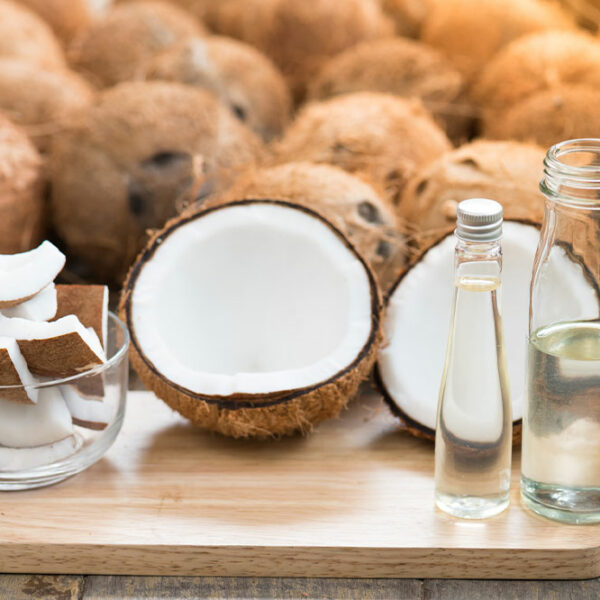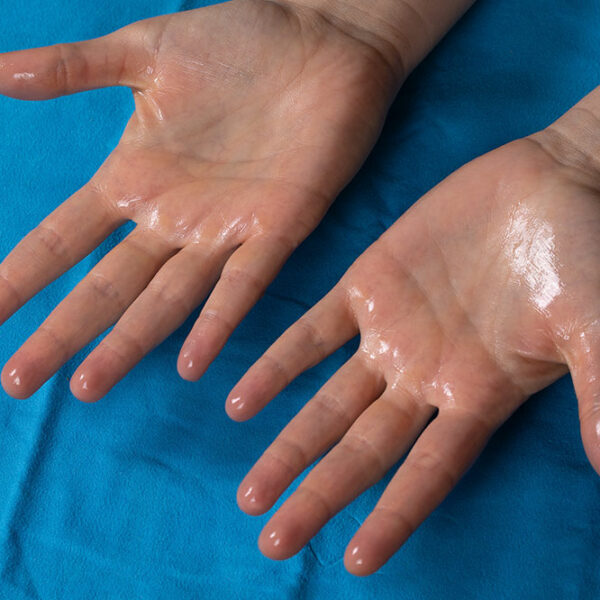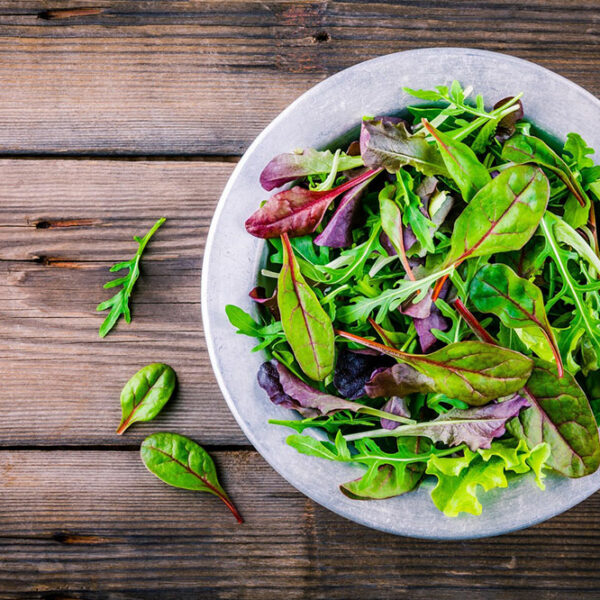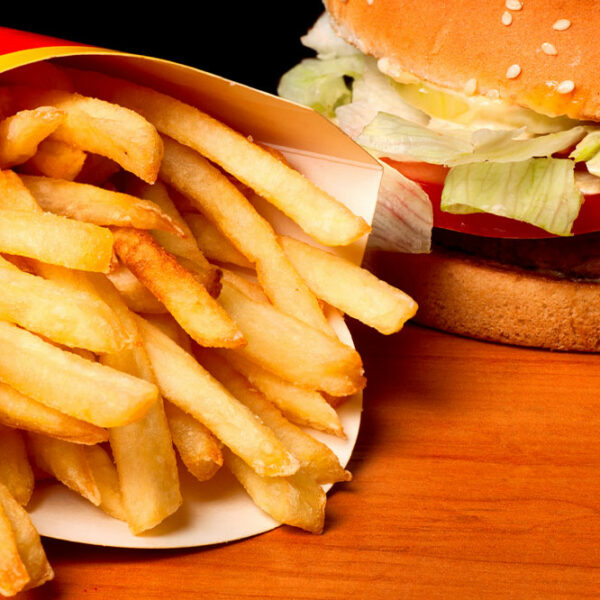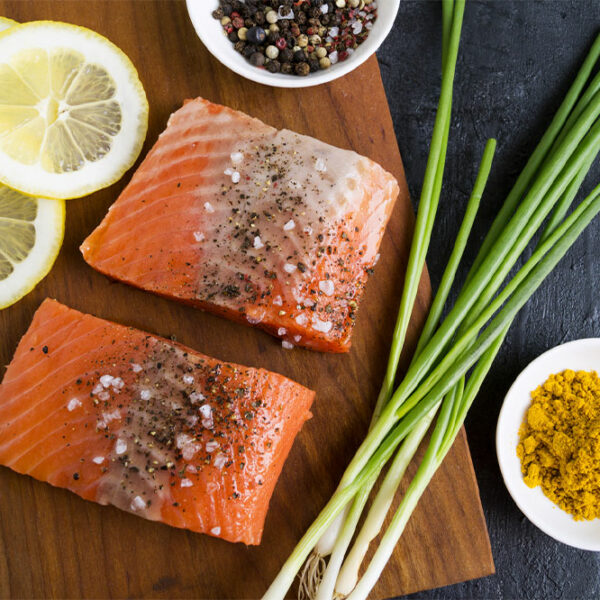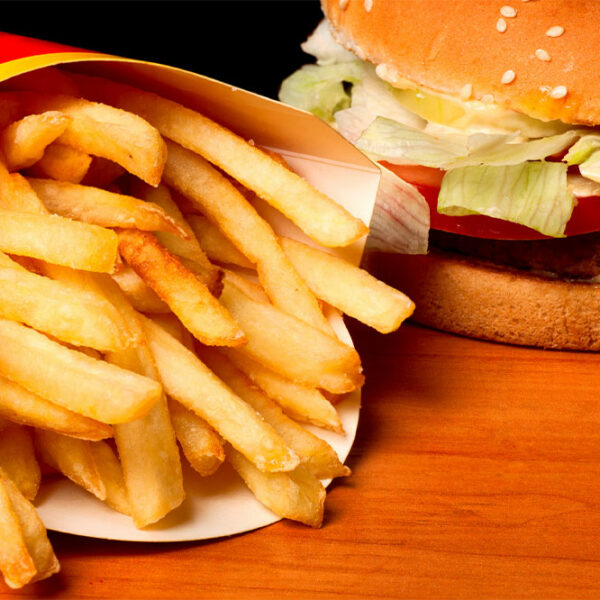
Foods to avoid for managing multiple sclerosis
Multiple sclerosis (MS) is a progressive disease that affects the central nervous system. It results in the deterioration of myelin, a protective covering around the nerves, disrupting brain-body communication. Although there is no cure for MS yet, patients can manage the disease’s symptoms and discomforts with the help of lifestyle changes, medications, and targeted treatment. Moreover, a healthy nutrition plan is essential, and eliminating the following foods can help provide further relief. Saturated and trans fat Both saturated and trans fats are bad for MS. Saturated fats like coconut oil, palm oil, dairy fats, and meat fats can increase cholesterol levels. And since MS patients are at risk of cardiovascular problems, high cholesterol raises the risk of heart attack and stroke. Trans fats can have a similar effect and may trigger inflammation of blood vessels. These fats are mainly found in baked goods and confectionaries as they are made with hydrogenated vegetable oils and shortening. Foods rich in sugar and salt Research studies say that increased sodium levels in the body can lead to a relapse of MS symptoms. It also increases the risk of high blood pressure, leading to significant circulatory problems if left unchecked. On the other hand, sugar contributes to unhealthy weight gain, which can put a lot of strain on the heart and body.
